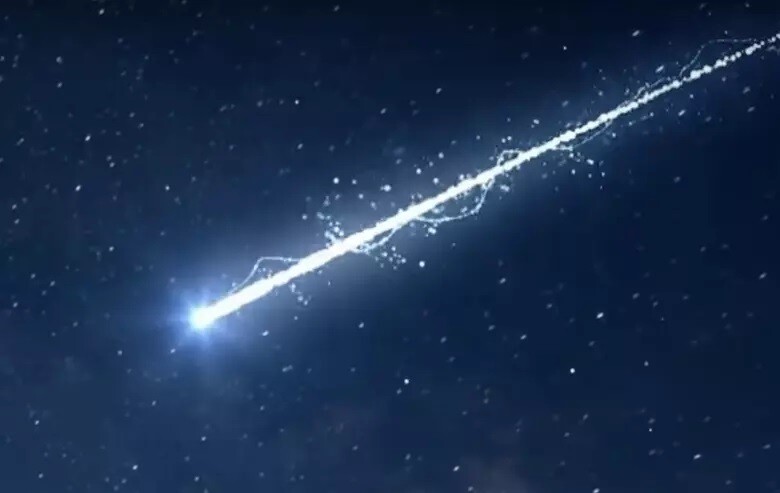
[GLOBAL ECONOMIC TIMES] Returning after grazing the Sun, comet Tsuchinshan-Atlas will be visible throughout the northern hemisphere starting Saturday night and for “about ten days,” following the course of a journey that began millions of years ago.
The celestial body, whose exact name is C/2023 A3, was observable with the naked eye from the end of September to the beginning of October in the tropics and the southern half of the planet.
The comet was detected on Friday night in North America, Eric Lagadec, an astrophysicist at the Côte d'Azur Observatory (southern France), told AFP.
Previously, “we could not observe it when it was between the Earth and the Sun,” he said. There it was about to disappear, since it was hit by the solar storm that reached Earth on Thursday and caused the northern lights.
When comets approach the Sun, the ice in the nuclei sublimates, that is, it goes directly from the solid to the gaseous state, releasing a long trail of dust that reflects light, while releasing gases.
In this process, a characteristic cloud - called a coma - forms around its nucleus and the comet runs the risk of disintegrating.
The small body of rock and ice was first detected in January 2023 by China's Purple Mountain Observatory (Tsuchinshan) and its existence was confirmed by a telescope from the South African Atlas program.
Starting this Saturday it will be visible throughout the northern hemisphere “for about ten days” when looking west and “a little higher” in the sky each night, Lagadec said.
However, “each day it will be a little less bright” as it moves away from the Sun, he clarified.
Unless there are obstacles that alter its trajectory, Tsuchinshan-Atlas will not return close to Earth for another 80,000 years, concluded the comet specialist.
Based on its orbit and certain models, it is estimated that it may have traveled up to 400,000 times the distance between the Earth and the Sun before reaching us.
It is a journey of millions of years for this comet, which was probably born in the Oort cloud, a bubble at the edge of the solar system where hypothetically there are tiny planets and celestial bodies.
[Copyright (c) Global Economic Times. All Rights Reserved.]






























